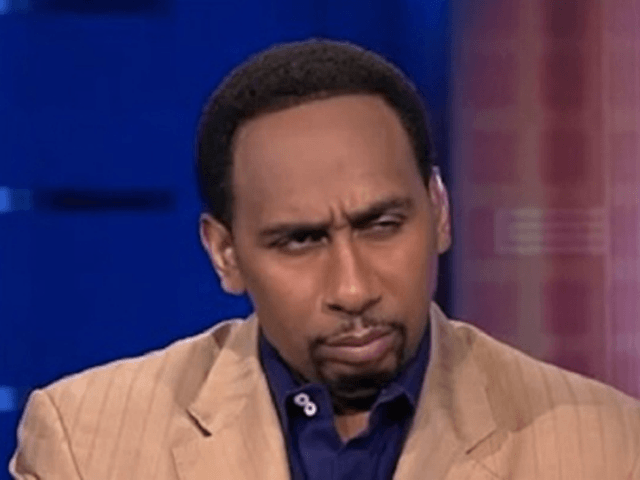One would think with the NFL, college football, and the NBA all in action, that it would be a great time to be a sports cable network.
Well, the one who thinks that would be wrong, it’s not a great time to be a sports cable network. Moreover, it’s an even worse time if you’re ESPN.
While it appeared as though ESPN had at least slowed the bleeding of subscribers this year, a massive loss of households from November to December, essentially put the the Bristol-based sports giant back on the same subscriber loss rate the company had experienced before.
According to Awful Announcing, ESPN “…dropped 100,000 subscribers from November to December and 274,000 from August to December. And they’d previously dropped 220,000 from March to August, and 422,000 from February to March. Back in February, ESPN was in an estimated 87,859,000 homes, so they’ve lost an estimated 916,000 homes this year. And that wouldn’t seem particularly seasonal, as many of ESPN’s biggest properties (in particular, the NFL, college foot
ball, and the NBA) are all ongoing right now.”
AA also notes that FS1 has had a rough year as well:
As for FS1, their November to December trend (-199,000 subscribers) is worrying, but they’re still up by 93,000 versus August. They’re down big on the year, though, thanks to a loss of 565,000 subscribers from February to March. FS1 had an estimated 85,269,000 subscribers in February, so they’re down 775,000 since then. That’s not quite as much as ESPN, but it’s not far behind, and it’s notable that there’s still a significant gap (2,429,000) between the total subscribers for ESPN and FS1, and that gap hasn’t narrowed much from the 2,590,000 it stood at in February.
The gap may not have narrowed much, but the gap has definitively narrowed. Given that ESPN had a 30-year head start on FS1, it would have been a bit much to expect the upstart cable network to dethrone ESPN in the first 5-10 years. Though, watching the erosion of ESPN’s traditional subscriber base right in the middle of the NFL, college football, and NBA seasons, it’s not hard to see a future where the two networks will be competing on a level playing field.
Why ESPN has had a steeper subscriber decline than FS1 is a question many will ask. Though, looking at the gross display of leftist bias that ESPN displayed in September and October, perhaps that gives us an explanation for the sudden, massive decline in subscribers in the November-December estimate.
It was in mid-Septemeber, when SC6 anchor Jemele Hill tweeted that President Trump was a “white supremacist.” That tweet ignited a month-long firestorm that made it all the way to the White House briefing room, where White House Spokeswoman Sarah Sanders blasted ESPN for Hill’s conduct. After Hill, incredibly, did not receive discipline for that infraction despite the fact that conservative employees at ESPN had been disciplined, or worse, for less.
Hill then eventually started giving protest advice to her Twitter followers. After Cowboys Owner Jerry Jones spoke out in defense of the national anthem, Hill began educating her followers on the merits of boycotting the Cowboys sponsors. Then, in early October, Hill was finally suspended for violating ESPN’s social media policy. Thus, touching off another firestorm of angst and anger on Twitter.
Politics may not explain every subscriber loss that ESPN took in the November-December estimate. However, it is kind of interesting how ESPN sustained a sudden, much more massive loss in households so soon after one of the most grotesque displays of political sports media bias in recent history.

COMMENTS
Please let us know if you're having issues with commenting.